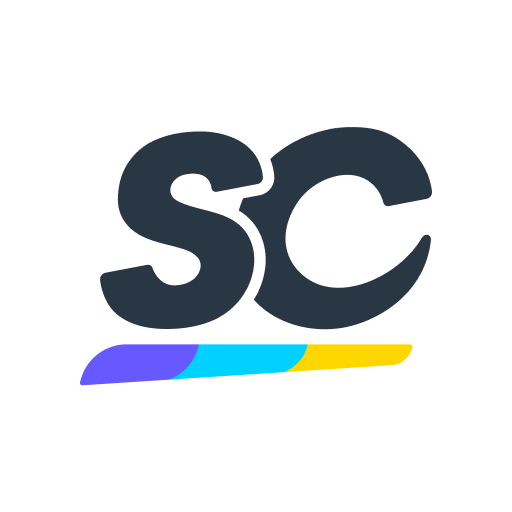Title Page
-
Site conducted
-
Conducted on
-
Prepared by
-
Business Area
1. Access and Egress
-
Is safe access and egress to the building/area available?
-
Are these arrangements suitable for individuals with additional needs?
-
Do these access/egress arrangements consider adverse weather?
-
Are individuals on site easily identifiable as colleagues, learners, visitors or contractors
2. Information and Communication
3. Welfare/Work Environment
-
Is there a supply of fresh air? (with no drafts)
-
Is there sufficient lighting in the building/area?
-
Is there sufficient space in the work area?
-
Is good housekeeping practices? (excess paper and rubbish removed)
-
Do staff know how to report spills? Are spills cleaned up immediately?
-
Are toilets/changing facilities provided?
-
Are lockers provided for learners clothing and bags?
-
Is there a rest room away from the area where learners can eat or drink if they want to?
-
Is a designated area for smoking with bins provided?
4. Risk Assessment and SSoW Review
-
Are risk assessments held by the department/on the shared drive.
-
Are these suitable and sufficient for the tasks being undertaken?
-
Are all relevant persons trained appropriately?
-
Is there a review and monitoring system in place to ensure they remain fit for purpose?
-
Are they available to interested parties?
5. Waste and Environment
-
Are general/household waste streams segregated where practical?
-
Are all hazardous waste streams identified and segregated (e.g. chemicals, electrical, medical)
6. Emergency Preparedness: Incidents
-
Do colleagues know how to report an incident, accident or near miss on TOPdesk?
-
Have there been any Root Cause Analyses completed?
-
Where RCAs have been completed have corrective actions been closed out?
-
Or are there action plan(s) in place?
7. Emergency Preparedness: First Aid
-
Are there an adequate number of first aiders?
-
Are the first aid facilities suitable for the working environment? (e.g. eye wash, burns kit)
-
Are the first aid kits maintained?
-
Are products in date, sufficient stock levels, sterile)
-
Are site first aiders and facility locations identifiable?
-
Is there sufficient signage?
8. Emergency Preparedness: Fire
-
Are fire alarms tested regularly and are records available?
-
Do colleagues know what to do in the event of a fire?
-
Is there suitable safety signage displayed indicating escape routes?
-
Are fire extinguishers regularly maintained with evidence of inspections?
-
Are fire blankets available in cooking/food preparation areas?
-
Are there a sufficient number of fire exits available?
-
Are they clear from obstruction?
-
Do they lead to a final place of safety with designated assembly points?
-
Are there enough trained fire wardens on site?
9. Electrical Safety
-
Are electrical fixtures regularly inspected and maintained by competent persons?
-
Are records available?
-
Are colleagues advised to carry out regular visual examinations of their equipment and report faults ?
-
Are there any overloaded plug sockets?
-
Are colleagues informed to switch off all electric appliances before leaving work?
-
Do colleagues know the procedure for reporting faulty equipment and taking it out of use to be repaired or replaced?
-
Are all leads adequately protected from damage?
-
Is access restricted to any high voltage electrical cupboards/storerooms
-
Are 'Danger' safety signs displayed?















